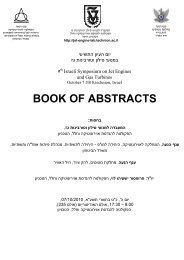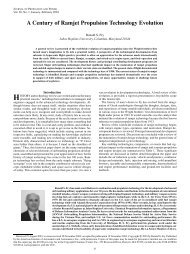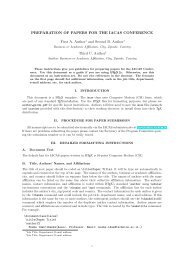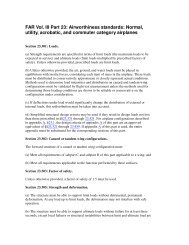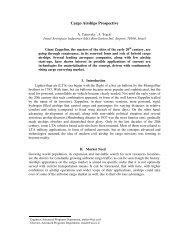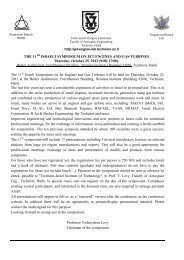Using Hebrew LaTeX and gvim to produce DVI - Faculty of ...
Using Hebrew LaTeX and gvim to produce DVI - Faculty of ...
Using Hebrew LaTeX and gvim to produce DVI - Faculty of ...
You also want an ePaper? Increase the reach of your titles
YUMPU automatically turns print PDFs into web optimized ePapers that Google loves.
Draft version: May 5, 1999<br />
2.12 Compatibility with <strong>LaTeX</strong> 2.09 style (deprecated)<br />
Generally, the new package is compatible with <strong>LaTeX</strong> 2.09 style file<br />
hebrew.sty, i.e. in most cases one can use the new package on old<br />
documents without any errors. However, it does not support Plain TeX,<br />
please use heb_macros.tex, or other TeX macro file for <strong>Hebrew</strong> instead.<br />
A few incompatibilities are described below:<br />
* The macros with <strong>Hebrew</strong> names are not provided, for example, macro<br />
\hadgesh when the comm<strong>and</strong> name "hadgesh" is given in <strong>Hebrew</strong> is<br />
not supported. The reason is that in new <strong>LaTeX</strong> 2e it is forbidden<br />
<strong>to</strong> use 8-bit macros, because all characters 128-255 became<br />
"active".<br />
However, the following English-coded equivalents are supported<br />
for backward compatibility with <strong>LaTeX</strong> 2.09 style <strong>and</strong> can be used<br />
even in the new documents:<br />
1. \hebday (replaced "hayom").<br />
2. \hebcopy (for use in letter style)<br />
3. \hebincl (for use in letter style)<br />
4. \hebpage (for use in letter style)<br />
5. \heb<strong>to</strong> (for use in letter style)<br />
6. \hadgesh (<strong>produce</strong>s ‘‘poor man’s bold’’ - heavy prin<strong>to</strong>ut, it<br />
is advisable <strong>to</strong> use real bold fonts, e.g. DeadSea instead)<br />
7. \piska (can be used only in compatibility mode)<br />
8. \piskapiska (can be used only in compatibility mode)<br />
9. \makafgadol (=\textendash)<br />
10. \makafanak (=\textemdash)<br />
11. \geresh (=\textquoteright)<br />
12. \opengeresh (=\textquoteright)<br />
13. \closegeresh (=\textquoteleft)<br />
14. \openquote (=\textquotedblright)<br />
15. \closequote (=\textquotedblleft)<br />
16. \leftquotation (=\textquotedblright)<br />
17. \rightquotation (=\textquotedblleft)<br />
18. \undertext (=\underline, can be used only in compatibility<br />
mode)<br />
* In \documentstyle line the following 3 styles can be used in<br />
<strong>Hebrew</strong> documents:<br />
1. \documentstyle[hebrew_oldcode,...]{...} in old 7-bit<br />
documents (instead <strong>of</strong> "hebrew"!).<br />
2. \documentstyle[hebrew_newcode,...]{...} in 8-bit UNIX or<br />
Windows documents.<br />
3. \documentstyle[hebrew_p,...]{...} in 8-bit DOS documents.<br />
* hebcal style should always be used (instead <strong>of</strong> older hebcal_p <strong>and</strong><br />
hebcal_newcode).<br />
* Font names for the included 7-bit fonts were renamed (for the<br />
sake <strong>of</strong> multiplatform support) <strong>to</strong> lowercase names with no more<br />
than 8 characters as following:<br />
DRAFT<br />
13







